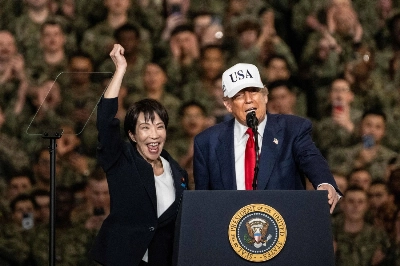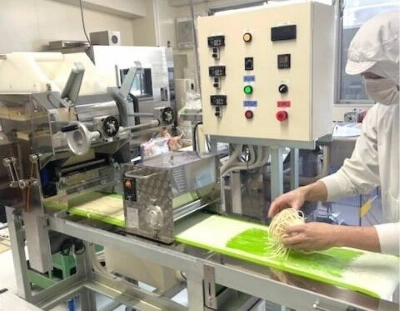It is significant that the 11 countries remaining in the Trans-Pacific Partnership pact after the withdrawal of the United States, including Japan, have agreed to push ahead with a revised deal. Although work remains before the revised pact can take effect among the 11 Pacific Rim economies pending a final agreement, a failure to reach an accord at the trade ministers' meeting in Danang, Vietnam, on the sidelines of the Asia-Pacific Economic Cooperation summit last week could have drained the momentum for reviving the TPP without the U.S. as a bulwark of free trade against the rising protectionist tides.
The 11 countries should not be content with launching the free trade pact among themselves. Their ultimate goal should be to bring the U.S. back to the pact. Japan, which took the initiative for saving the pact from going adrift, needs to make more efforts to reverse the position of the U.S. administration of President Donald Trump, who pulled his country out of the free trade agreement that his predecessor endeavored to conclude.
That the planned meeting of top leaders of the TPP 11 nations was canceled at the last minute — after Canadian Prime Minister Justin Trudeau reportedly told Prime Minister Shinzo Abe that his country "was not at a stage to confirm the agreement" reached by the trade ministers — symbolizes the work that still needs to be completed before the countries can finalize the deal. Talks will continue on four issues that Canada has demanded. Differences remain on certain points of the negotiations. Japan hopes to sign the revised pact early next year, but how soon the pact will take effect — 60 days after it has been approved in domestic procedures in at least six countries — remains to be seen.

















With your current subscription plan you can comment on stories. However, before writing your first comment, please create a display name in the Profile section of your subscriber account page.